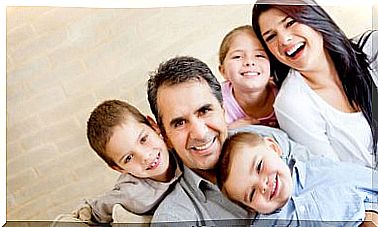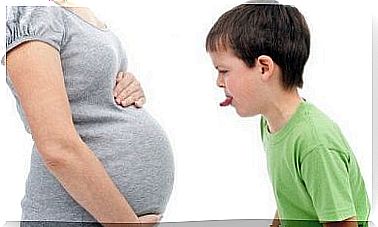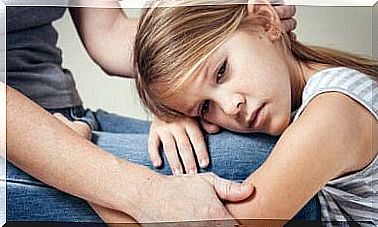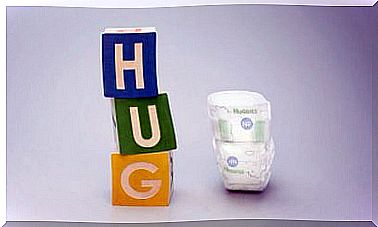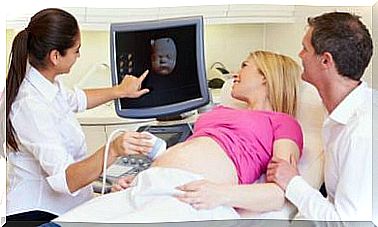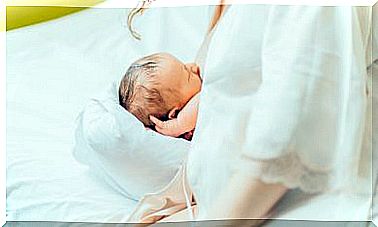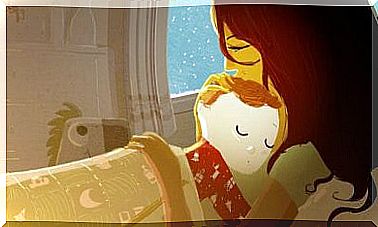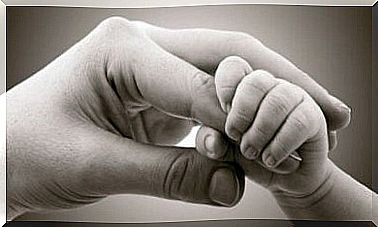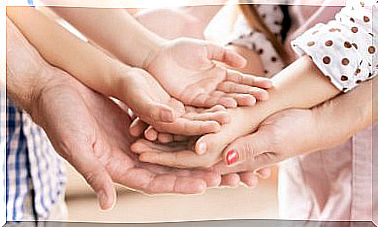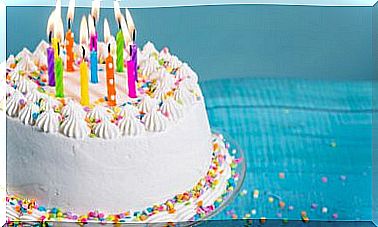Play With Your Baby To Stimulate Him
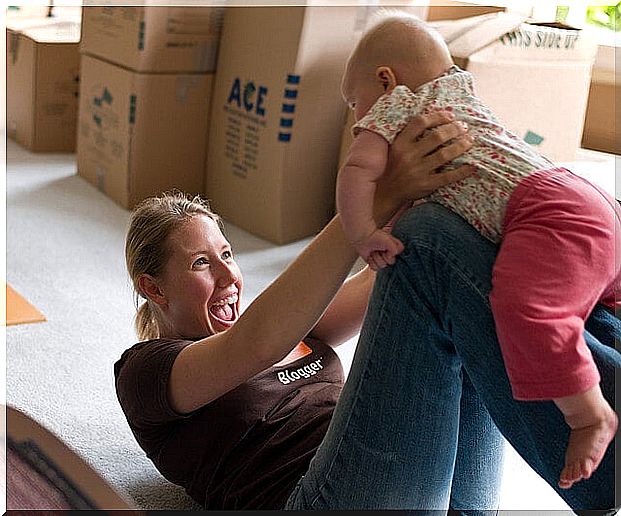
We all learn by playing, and in fact the game is the best way to acquire knowledge and develop skills in different areas. Play with your baby to stimulate him! In this article we will give you some tips on how to do it according to the age of the child.
Many find it incredible to accept that when a child is playing, he is learning, developing. It is enough to verify that many learn other languages through songs to show that it is through what we call “play” that a child learns and develops.
Through playful activities the child learns to communicate with those around him. Playing with him is as important as talking to him or taking care of his health and diet.
The Guide for Parents, written and disseminated by the Spanish Association of Pediatrics, explains that in the early years of the child there are certain actions and games that can promote their learning, stimulate their curiosity and develop their psychomotor skills.
Pediatricians emphasize that adequate and correct stimulation has a clear benefit, both from the physical point of view, as well as intellectual, social and emotional. Everything should be done as if it were a game and not force the child.
Do not overdo it, a few minutes a day may be enough to practice some of the activities and games that we develop below.
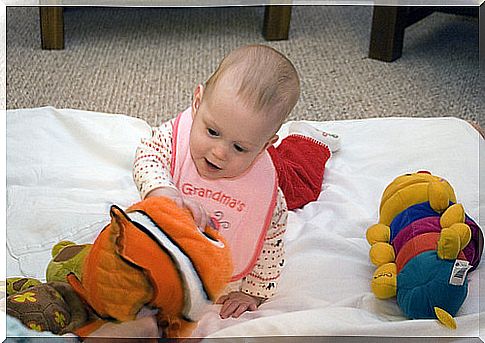
The game according to age
The Parent Guide divides play and how to stimulate the baby through play according to age. For example, in the first three months you can put him on his back and show him some brightly colored toy and move him from side to side.
You can also talk to him looking at his face, sing to him, smile at him, caress his face and the corner of his mouth, make different sounds near him.
Don’t be afraid to put your finger in the palm of his hand, move his arms or body from one side to the other, stretch his legs while holding his ankles.
When he is lying on his stomach we can also show him objects in front of his head and raise them when he fixes his gaze on them.
Movement and color
Between three and six months of age we can repeat actions carried out in the previous stage. Also, give him kisses with his hands, stick his tongue out and stick while we look at him and make noise with his lips.
He is also encouraged by taking their hands and bringing them together until they touch. You can also gently pull his forearms to bring him into a sitting position.
It is good to apply a little pressure to the soles of your feet so that you make an effort to extend your legs. Try to put something in his hand and take it away when he grabs it.
Between six and nine months we can show him objects with bright or sound colors so that he can follow them with his eyes, bring them closer and further away, hide them. And so.
Show him a mirror to look at while we repeat his name ; cover his face with a handkerchief and wait for him to remove it by calling his name; gesturing and repeating syllables is a good encouragement at that age.
It does not have to be an elaborate game, you can tell what you are doing at all times with clear language ; give objects in both hands and encourage him to hit them; show him his feet by putting on flashy socks and stimulate the turns of the body by lying next to him and calling him out.
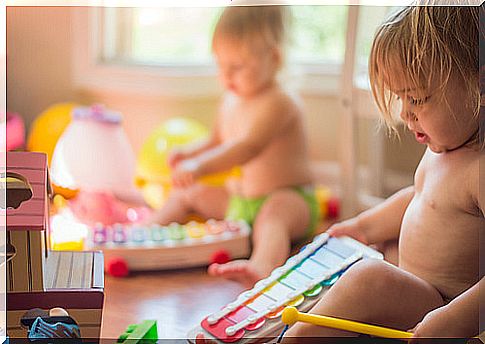
Play and recognize
The psychologist Rosa Jove assures that spontaneous and creative play is much more effective if it is carried out with everyday objects that the child can use as elements to build as the imagination dictates.
This will help you explore and discover greater possibilities, uses, and dimensions of the object and experience. Keep in mind that between nine and 12 months you can already offer stories with illustrations of animals imitating their sounds.
Another simple game is to encourage him to touch different textures ; play to change facial expressions, make noises with the tongue or lips, give kisses, blow; wrap toys in sound papers and wait for him to unwrap them.
It is very useful to offer cubes of different sizes to take out and put them in ; bring the feet to the mouth; help him to stand up and walk by grasping his armpits or hands. This helps him develop motor skills.
Between 12 and 15 months we should help him walk and climb stairs by holding his hand. Teach him to put objects in containers, make towers with cubes, trace on paper, turn pages, hold the spoon, drink from a glass, open and close containers or fit objects.
We can teach you the parts of the body, and also to recognize yourself in a photograph or in the mirror. It is a game that stimulates memory and the cognitive process in general.
At that age we should already ask him to help undress, eat alone or encourage chewing. We can also ask you to run small errands to bring and carry things.
Later, at 18 months, it is very positive to help him up and down stairs and kick a ball. Pointing out familiar pictures in books is a very important stimulus for language development, in addition to speaking with clear and simple sentences, hiding things around the house and then finding them.
